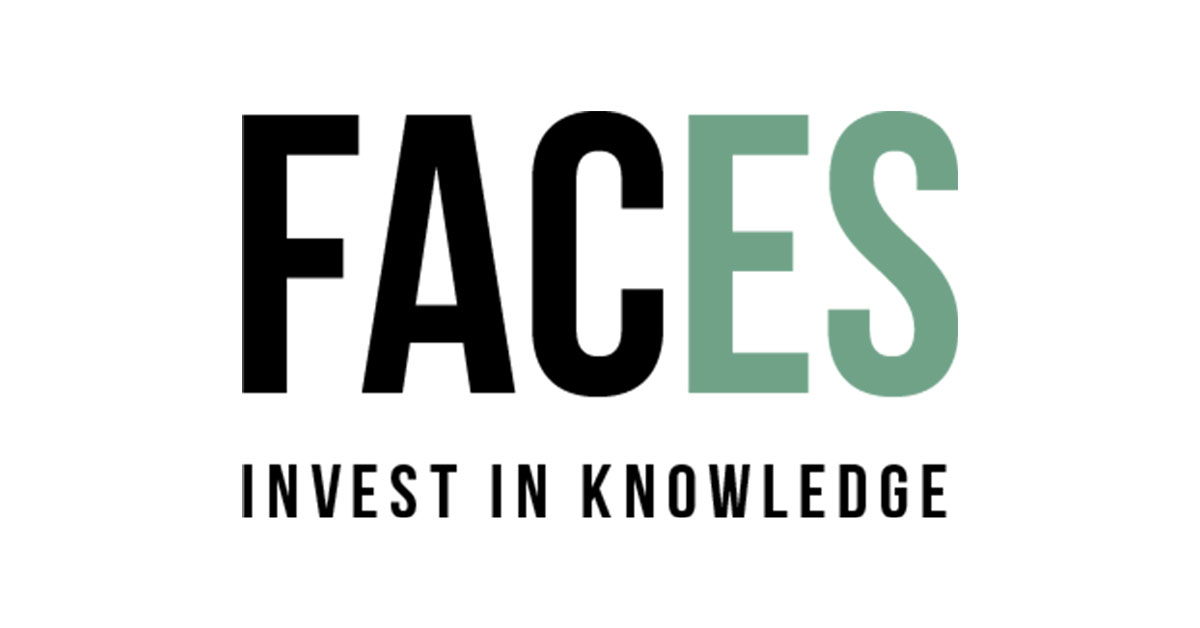Last week, the Dutch government presented its budget for the year 2017 to parliament. Governments Rutte I and II have pursued pro-cyclical fiscal policies over the past six years. These policies have reinforced rather than mitigated the recessions of recent years. I advocate for a change of policy towards the saying ‘fix the roof while the sun shining’. This refers to the idea that a government should implement austerity measures in economically good times (boom) and stimulate the economy in case of declining or negative economic growth (recession). The first part of this two-part article focuses on the theory behind countercyclical policies while the second part uses data to evaluate governmental policy and will end with a recommendation on new policies.
GDP, which reflects the size of the economy, consists of four components: household consumption (C), investments (I), government spending (G), and net exports (NX). If one of these factors is experiencing a decline, then GDP will face the same shrinkage (ceteris paribus). If this decline persists for at least two quarters, it will be labelled as a recession.
The recessions of 2009 and 2012 faced a decline in almost all components of GDP. This implies that consumers spent less, investments declined, the government cut down its budget and net exports had been affected negatively as well. In this manner, each component contributes to a deeper and more severe recession; in fact, each component decreases in absolute magnitude which lowers GDP. However, there exists a possibility for the government to counteract this deterioration and to mitigate the recession: making use of automatic stabilizers and anti-cyclical policy.
The government possesses automatic stabilizers such as unemployment benefits and taxes. In a boom, tax revenue will be favourable as consumption and profits will be high. In addition, few people are unemployed, which leads to lower benefits to be paid by the government. In an economic downturn these mechanisms will turn around so that the government is obliged to spend more money. As a consequence, the government will mitigate the recession. Benefiting from these mechanism is simply done by not implementing any pro-cyclical policies. In other words, the government should not cut its budget during a recession and should resist the urge to spend in a boom. These automatic stabilizers will increase government spending during an economic downturn, making it the only component of GDP that is not declining.
A second mechanism the government is able to use in order to ease recessions is discretionary fiscal policy. This policy measure implies an exogenous increase in government spending in addition to the increase caused by the automatic stabilizers. As an example, the government may increase investment in infrastructure and renewable energy during a recession. This may lead to lower unemployment and an increase in consumption and investments.
This part of this two-part article has been showing that the government possesses two options to mitigate recessions: automatic stabilizers and discretionary fiscal policy. A wise government will ensure that both mechanisms can be utilised in times of economic downturns so that differences in booms and busts will be smaller. In part two of this two-part article we will have a closer look at the impact of the recent recessions on the four components of GDP. I will end this article by stating a policy advise to a new government.
Max Pepels is a blogger at econooMax. Do you want to read more of Max? Visit the website of econooMax!















